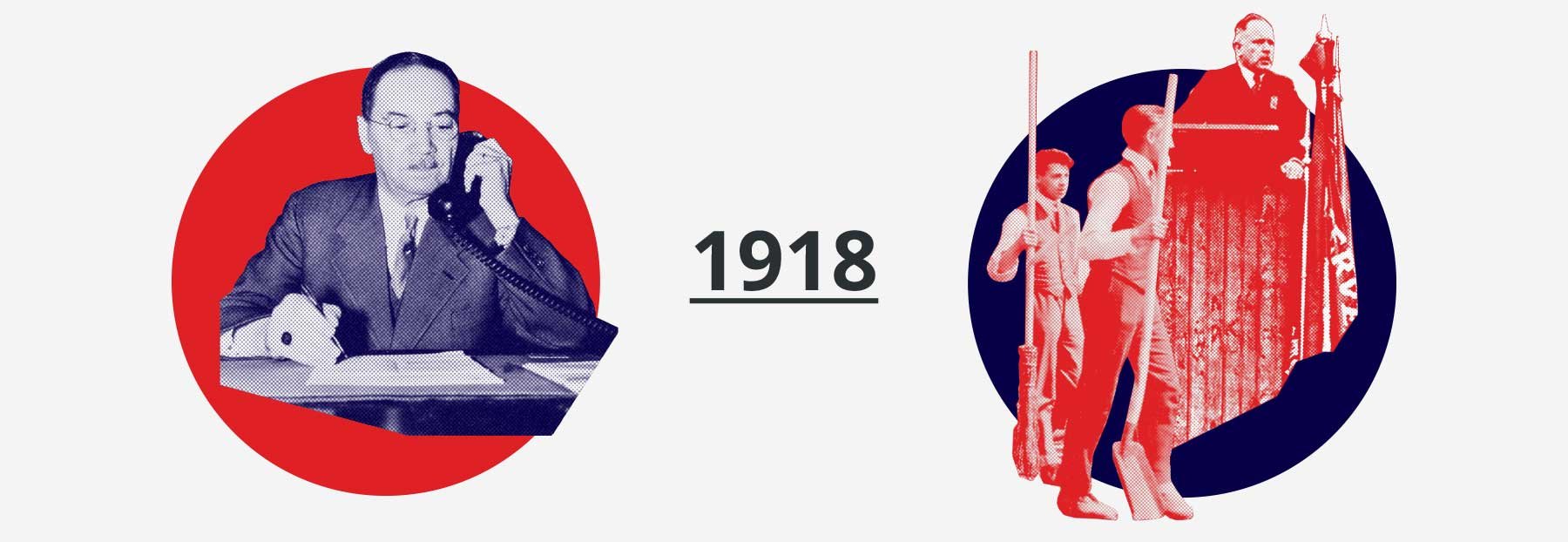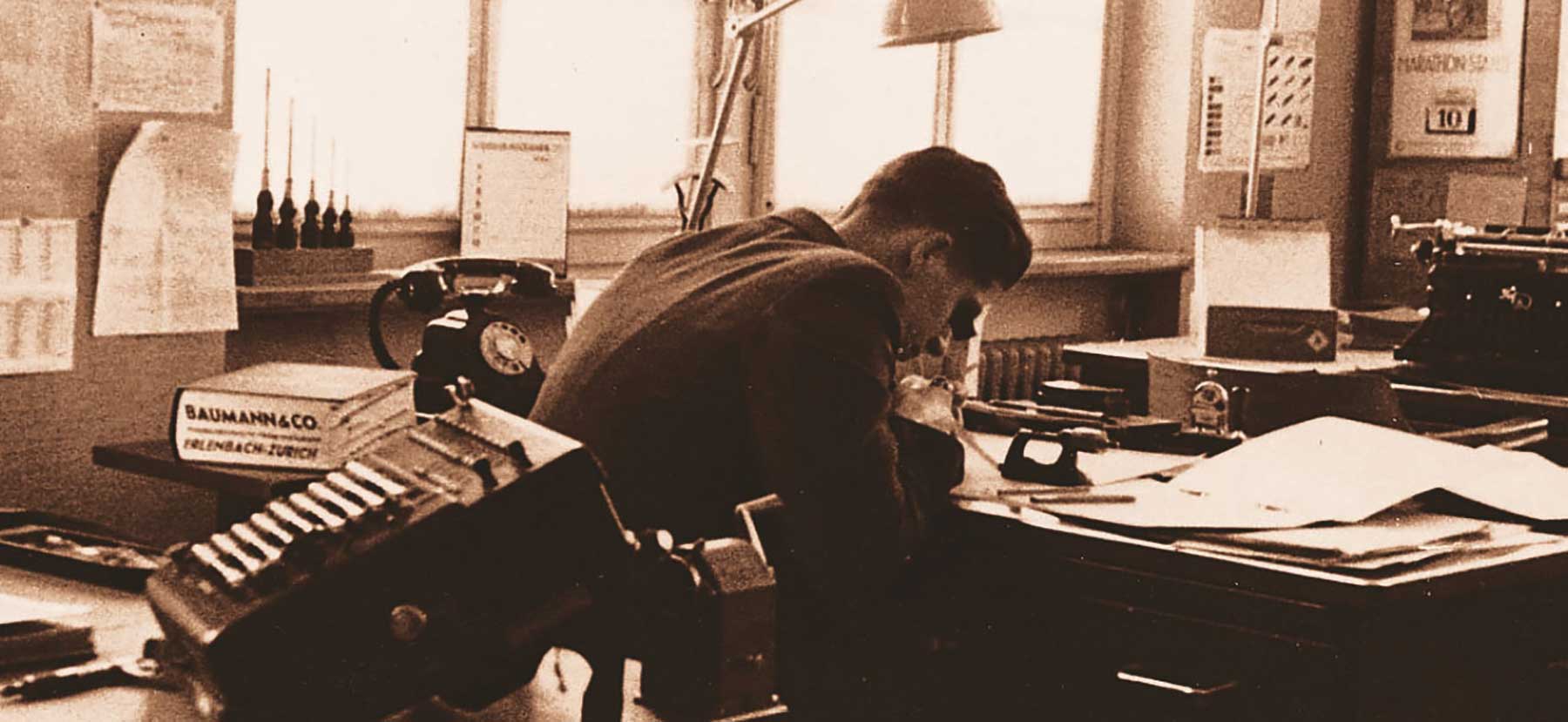
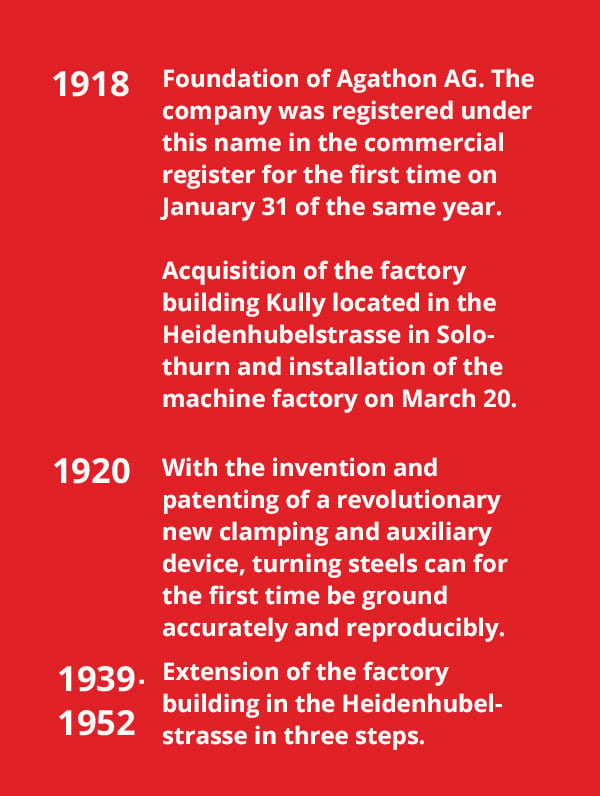
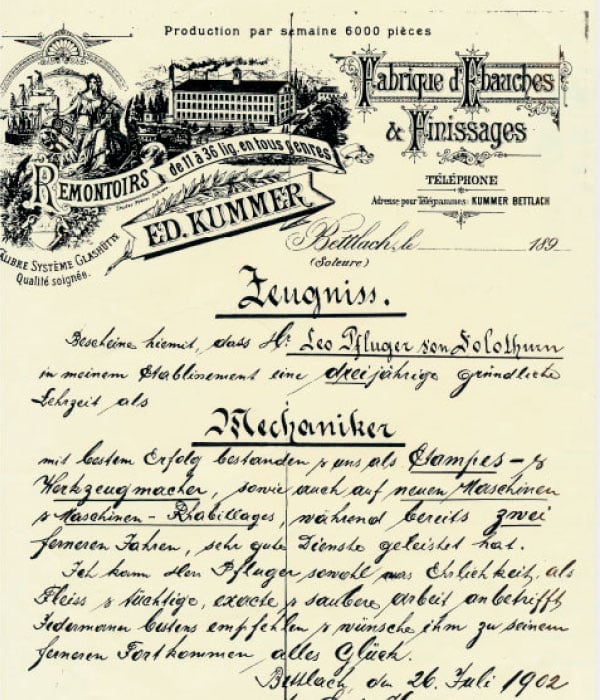
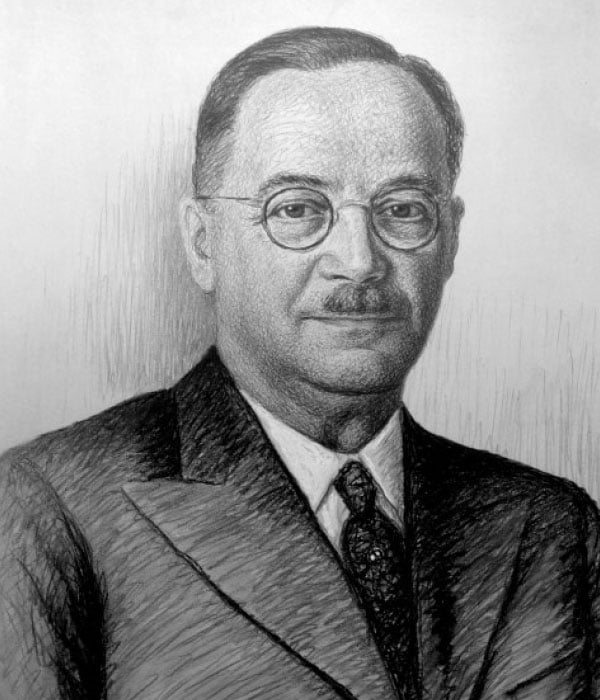
Agathon was founded as an owner-managed company. After three generations of the founding Pfluger family, the keys of the company were handed over to the current owners Michael Merkle and Dr. Stephan Scholze in 2015.
FOUNDATION AND MANAGEMENT OF THE COMPANY FROM 1918 TO 1954
LEO PFLUGER
The founder of the company Agathon was born in January 1882 in the Swiss community of Neuendorf at the foot of the Jura Mountains. Leo Pfluger, however, was denied a carefree youth. He lost his mother already in his early childhood and a few years later also his father. His father ran a watch shell workshop in the town of Solothurn. The boy spent the following years in the orphanage.
Although the starting conditions were difficult, Leo Pfluger was able to complete an apprenticeship as a mechanic in the years 1899 to 1902 at the then up-and-coming Eduard Kummer watch factory in Bettlach, only a few kilometers away from today’s Agathon headquarters. After this apprenticeship, he gained further professional experience in the French part of Switzerland, in La Chaux-de-Fonds and Geneva. Then he returned to the company Kummer. There he was promoted to a managing position in the years that followed.
In the first weeks of 1918, Leo Pfluger fulfilled one of his heart’s desires and dared to take the leap into business independence. Together with his cousin Ernst Flury, he founded Agathon AG. The joint-stock company was entered in the commercial register on 31 January of that year and acquired the building and the equipment of the Kully machine factory in Heidenhubelstrasse in Solothurn. This building was to remain the home of Agathon until it moved to Bellach in 1965, but had been expanded three times by then. Leo Pfluger took over the management of Agathon AG, while his cousin did not play an active role in the company, but served exclusively as a consultant.
In the following 36 years Leo Pfluger led his company with iron discipline, business acumen and great ingenuity through the world economic crisis, the Second World War and the following years of economic growth. Already in the first year of its existence the first patents were registered on Agathon AG. The continuous stream of innovations is still one of the company’s identity characteristics today. In the early years of Agathon AG, production was primarily for the then prospering watch industry in the Swiss Jura and Jura region as well as for the bar turning industry. The product range at that time included precision tool grinding and lapping machines, tapping machines, thread cutting machines, support grinding machines and polishing drums.
Leo Pfluger died in September 1959, leaving three daughters and two sons behind.
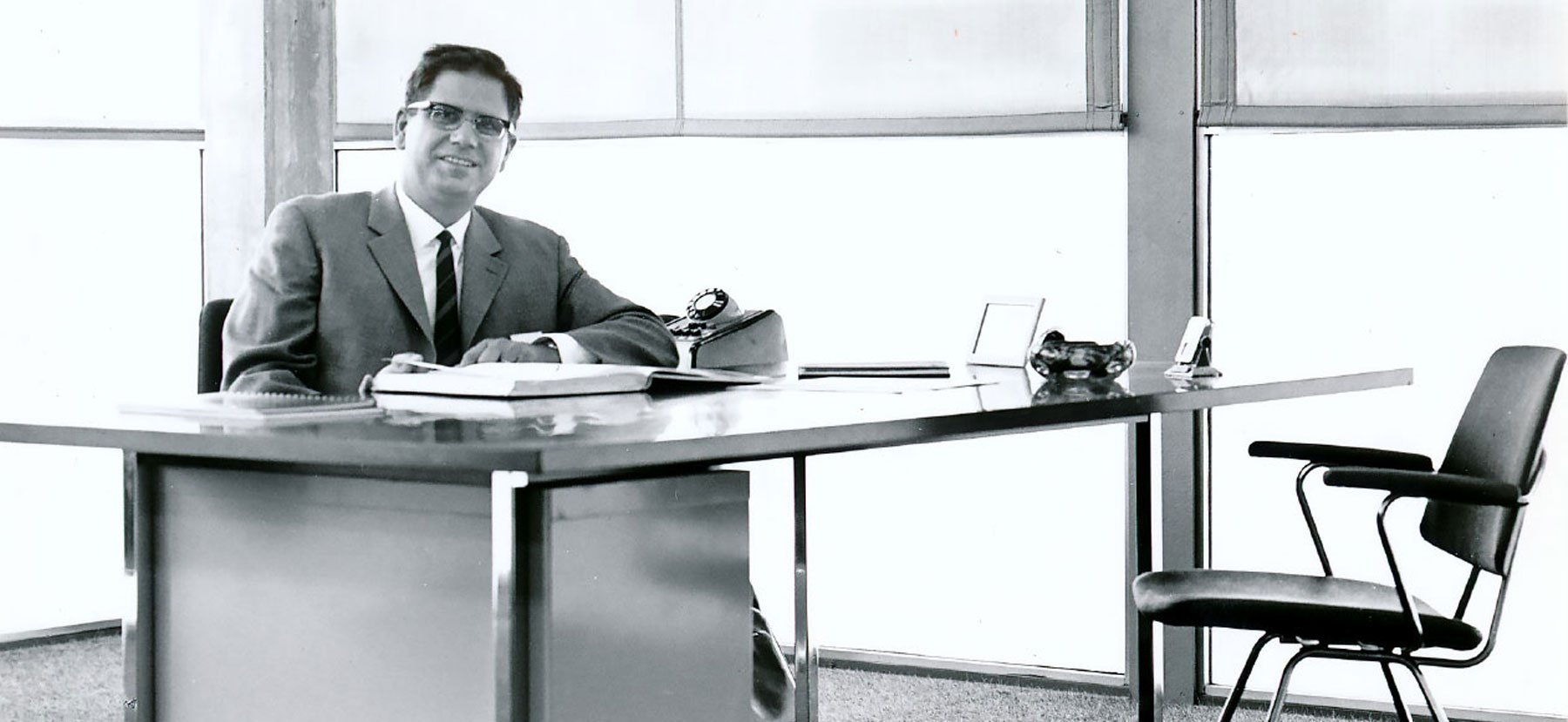
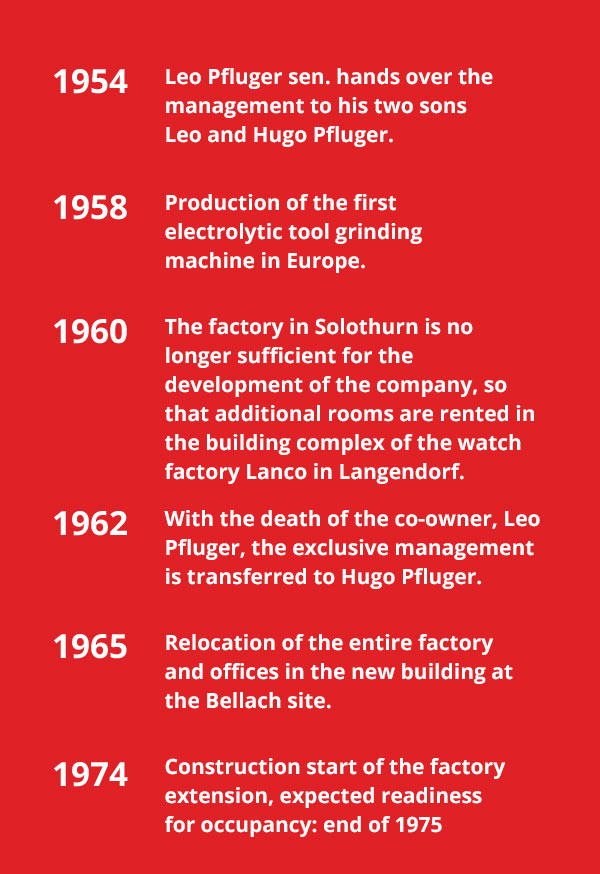
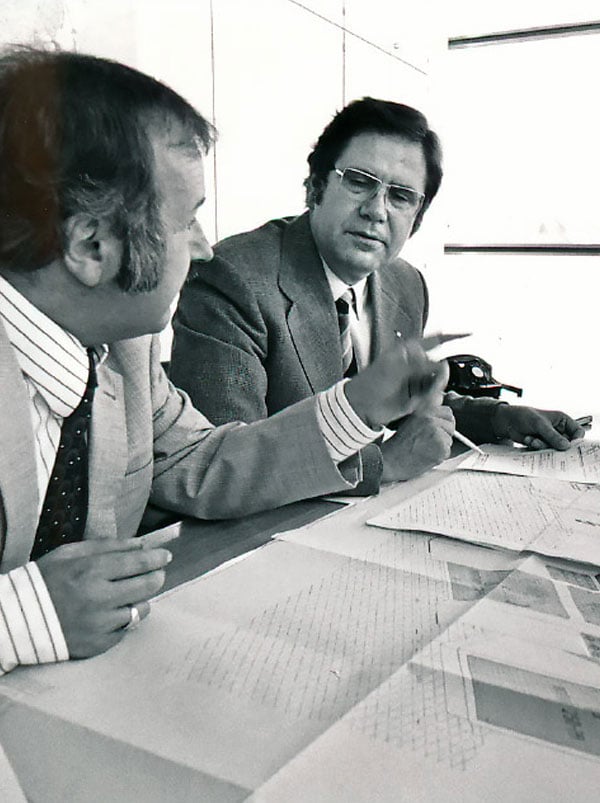
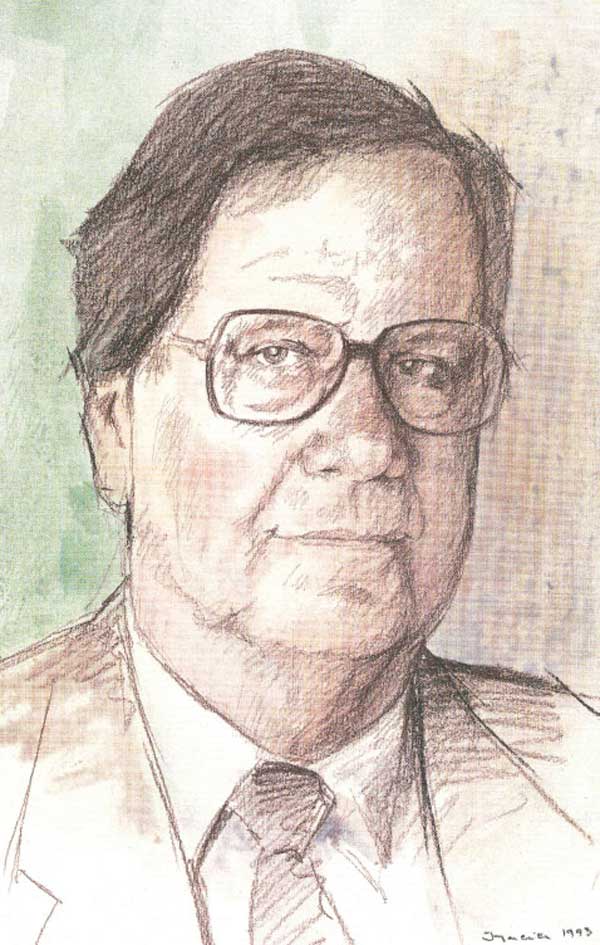
O W N E R I N S E C O N D G E N E R A T I O N F R O M 1 9 5 4 T O 1 9 8 9
HUGO PFLUGER
In 1954, at the age of 72, Leo Pfluger withdrew from the operative business of Agathon AG and handed over the management of to his two sons Hugo and Leo. In particular, Hugo Pfluger, born in 1923, was to influence the company in the coming decades. His older brother Leo died in 1962.
Between 1939 and 1945, Hugo Pfluger completed his theoretical training as an engineer at the Le Locle technical school, the former watchmaking school. Alongside Biel and La Chaux-de-Fonds, Le Locle in the Neuchâtel Jura was one of the three most important locations for the Swiss watchmaking industry. After completing his studies, Hugo Pfluger spent the following two years in England, specifically in the industrial city of Coventry. There he worked as a trainee at the engineering company Wickman on the one hand and attended the Technical College there on the other. In a letter to «his» captain in the Swiss army at the beginning of 1947, he wrote literally: «After a brief stay in Switzerland, I returned to England on 12 January, where I learned the English language in one of the largest and most modern English machine tool factories and at the same time received further technical and commercial training. For some time, I was only too happy to live outside the walls of our war spared country to get to know the real picture of the countries involved in the war».
With Hugo Pfluger’s take-over of responsibility, a new, participative management style found its way into the company. While his father Leo had made all the more or less important decisions himself, responsibility was now shared between several people. This was due on the one hand to his humanistic attitude and on the other to the factual necessity:
In the period between his entry into the company and the handover of management to his sons, the workforce grew from around 30 to 40 employees to around 300, 250 of them in Switzerland. Hugo Pfluger also initiated the further internationalization of the company.
He established and cultivated numerous international business relationships. In addition, the first foreign subsidiaries were established in England and the USA. The share of sales achieved in North America, for example, was almost 30 percent in 1979.
Hugo Pfluger was not only committed to his company, but also to the Swiss machine and tool industry as a whole through his intensive involvement in the work done by associations. For more than 20 years, he was a member of the executive board of the Association of Swiss Machine Manufacturers, a predecessor of today’s association SWISSMEM. He was also President of the International Special Tooling Association (ISTA) from 1979 to 1981 and President of the Solothurn Chamber of Commerce from 1980 to 1984. In 1978, in deep concern for the Swiss export industry, he wrote a letter to the Swiss Federal Council calling on it to actively counter the unstoppable and rapid rise in the value of the Swiss franc. The measures initiated accordingly by the government are probably due at least in part to this commitment.
His humanistic attitude was also expressed in his love for creativity and aesthetics. Already during his stay in Coventry he was inspired by the glass facade of the Wickman company building. Later, together with the architect Fritz Haller, he was to realise a similar concept in Bellach. He was also a follower of the Solothurn artist Roland Flück, who has already realised several commissioned works for the company to this day. Last but not least, he married Madelaine Wille, a ceramist whose creativity he deeply admired, twelve years before his death in his second marriage.
Hugo Pfluger died in November 2000.
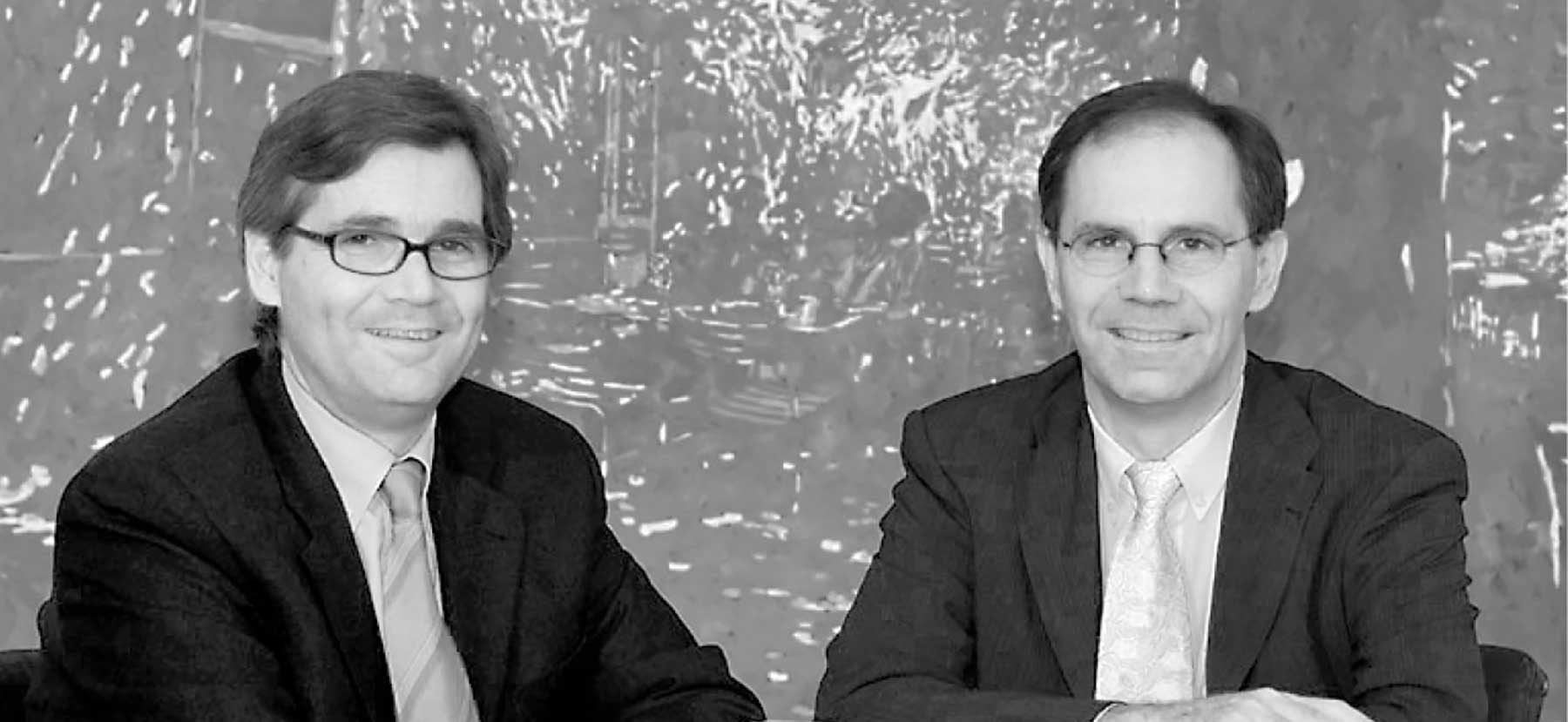
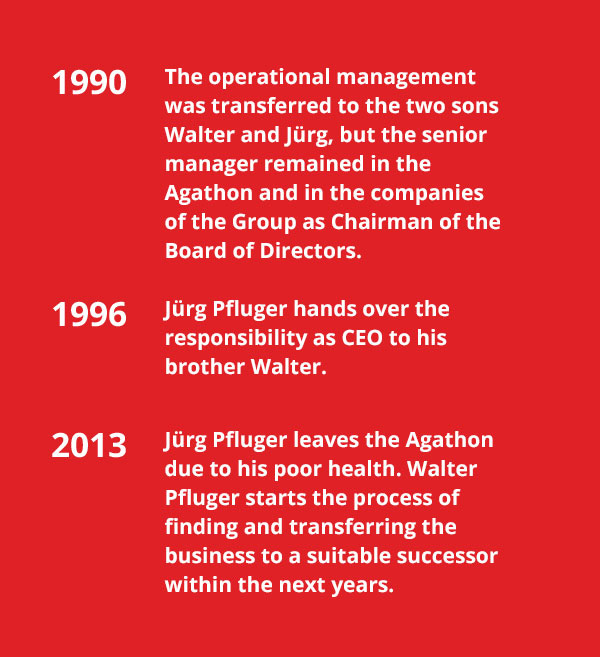
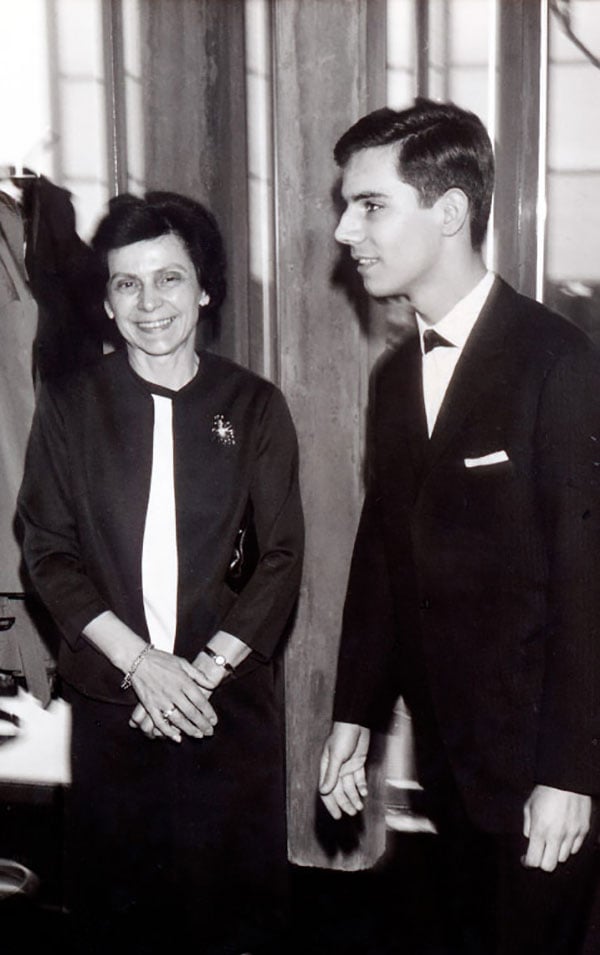
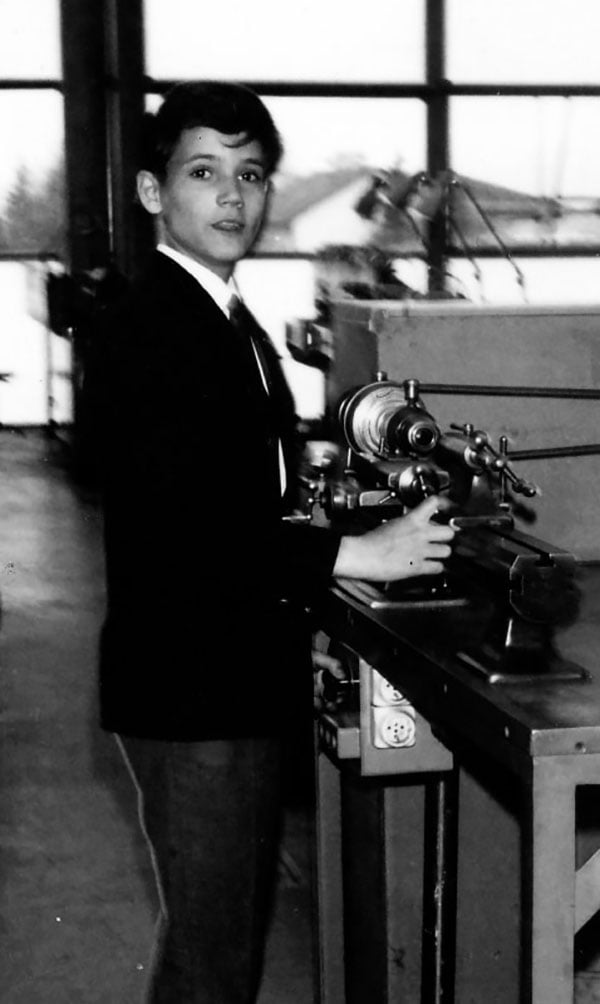
O W N E R S I N T H I R D G E N E R A T I O N F R O M 1990 – 2015
JÜRG A. PFLUGER
DR. WALTER PFLUGER
At the closing ceremony of the year 1989, Hugo Pfluger announced his retirement from the operational management of the company. His successor as CEO was his son Jürg, while his other son Walter became Chairman of the Board of Directors. Both had already joined the company in 1979 and were intensively prepared by their father for their role as joint managers of the company.
Walter Pfluger, born in October 1950, studied mechanical engineering at the Swiss Federal Institute of Technology (ETH) in Zurich. He subsequently obtained his doctorate there and completed his training in 1979 as a doctor of technical sciences. At his father’s request, he joined the family business immediately afterwards and became Director of Research and Development. Although Walter Pfluger obtained an Executive MBA from the University of St. Gallen (HSG) at the end of the 1980s, the world in which he felt most at home remained that of technology
The main reason for the rapid start of his professional activity at Agathon AG was that CNC technology was about to dramatically change mechanical engineering. Agathon wanted to play a pioneering role in this area. One of the most important tasks of the new head of development was therefore the introduction of CNC technology in the company.
Already in 1980, Agathon was able to introduce the world’s first CNC indexable insert grinding machine. This was not the last pioneering development by Walter Pfluger.
His brother Jürg was born in July 1953. He was more a businessman than an inventor and studied economics at the University of Bern. After joining Agathon AG, he assumed responsibility for Marketing and Sales. At the beginning of the 1980s he lived temporarily in the USA, where he managed the North American Sales and Service subsidiary of Agathon Machine Tools Inc. for three years.
In 1996, Jürg Pfluger handed over responsibility as CEO to his brother and left the company in 2013 due to his poor health. Jürg Pfluger died in summer 2015.
Agathon had reached a size that made it almost impossible for one person to manage both the commercial and the technological areas. Walter Pfluger therefore decided to hand over the management of the Research and Development division and brought the physicist Dr. Stephan Scholze into the company. Dr. Scholze took over as Vice Director Research and Development in January 2012.
Even after his brother’s departure, Walter Pfluger took care of his succession. His three children lacked a clear commitment to continue the company in the fourth generation. “To push the children into an unwanted position does not bring anything,” he told the local newspaper in October 2014, because then the most important thing was missing, namely the passion. The two most important criteria for an external succession were the preservation of the internal unity of the company with its two main pillars of Machines and Standard Parts as well as the preservation of the Bellach site and the corresponding jobs. A financial investor was therefore just as out of the question for him as a stock market flotation. Rather, he was specifically looking for a buyer who would continue to run Agathon as owner.
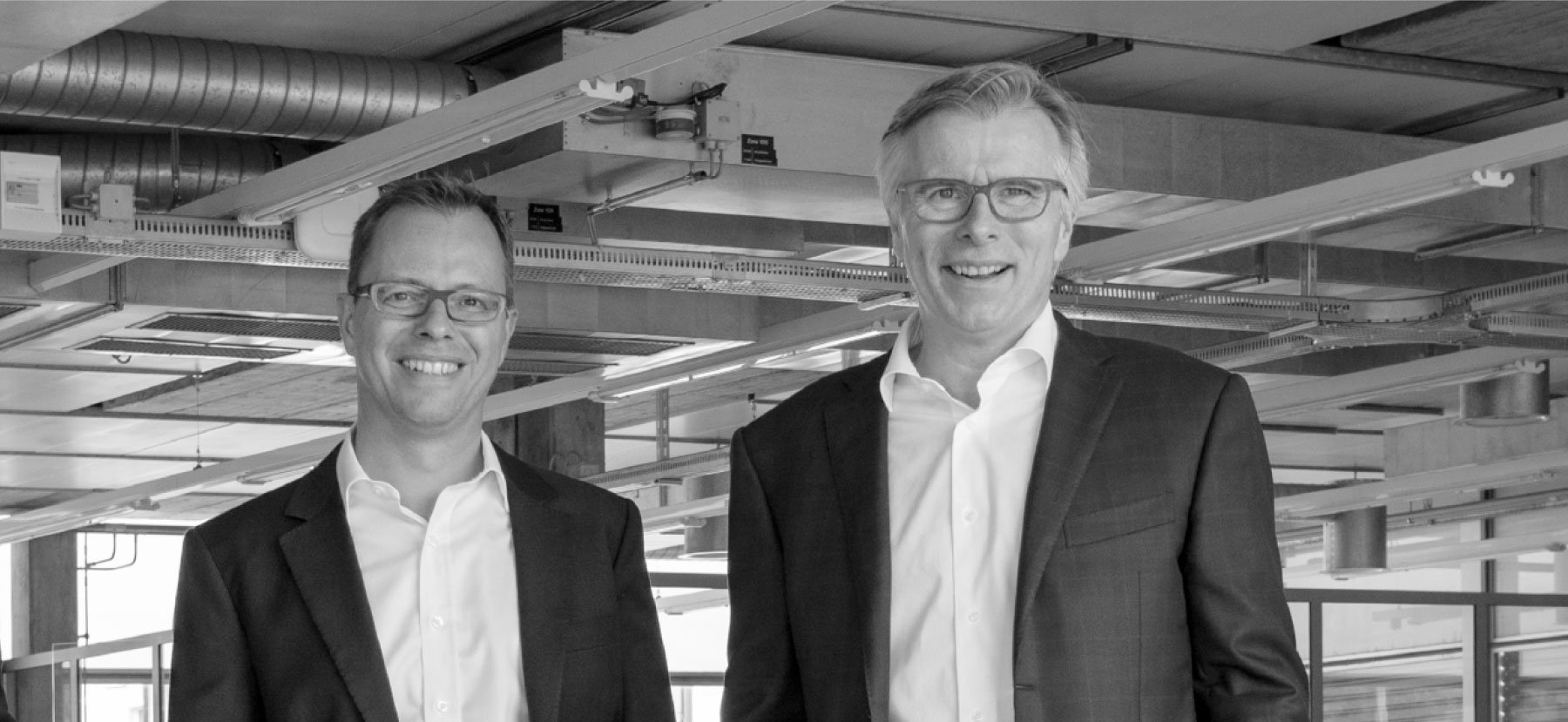
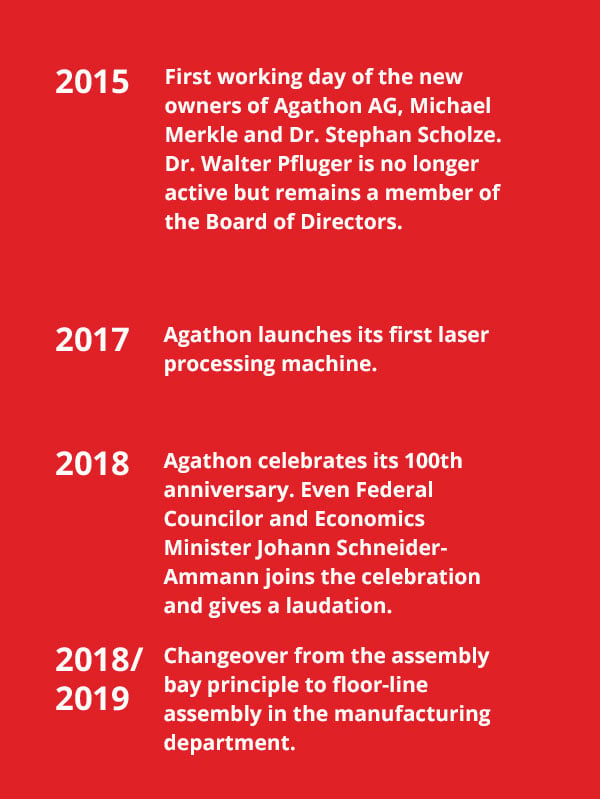
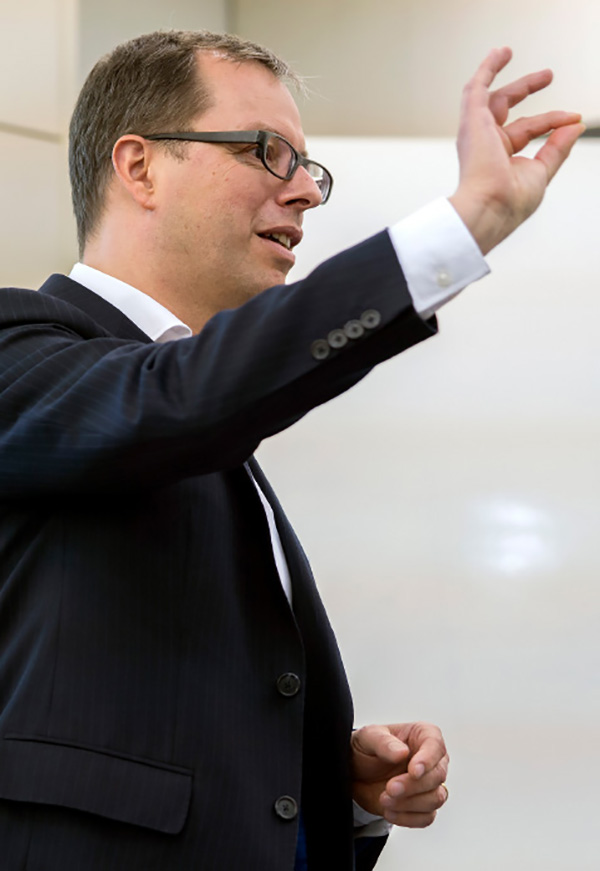
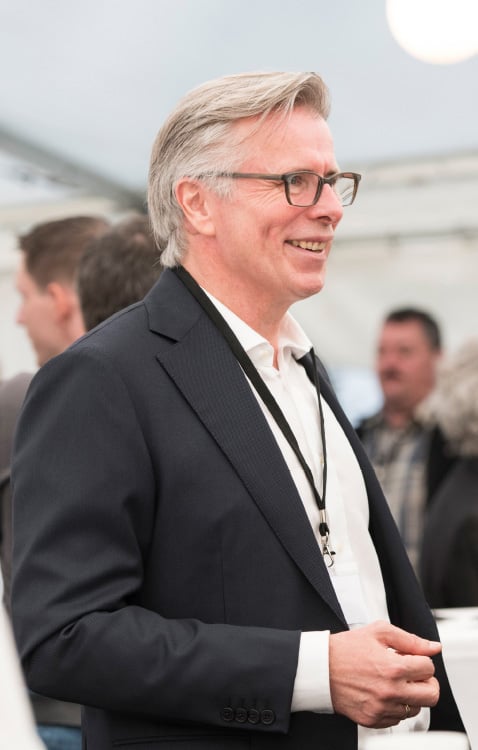
O W N E R S I N F O U R T H G E N E R A T I O N S I N C E 2 0 1 5
MICHAEL MERKLE
DR. STEPHAN SCHOLZE
When Walter Pfluger made Michael Merkle an offer to take over Agathon, he was anything but reluctant to accept this entrepreneurial challenge and give up his secure position as Managing Director of Bystronic Laser AG to do so. Pfluger and Merkle had known each other for several years and cultivated a relationship of trust that minimized the risk on both sides. As a result, Michael Merkle took over the majority of shares in Agathon AG. The other share package went to Dr. Stephan Scholze, head of R&D.
Michael Merkle studied economics at Pforzheim University of Applied Sciences and also holds an MBA from IMD Business School in Lausanne. After early positions in East Asia as General Manager Bosch Power Tools and as Vice President at DKSH, Michael Merkle was responsible for Flow International’s business in Europe, the Middle East and Africa as Vice President and General Manager between 1998 and 2001. Between 2002 and 2015, he initially headed the Waterjet Cutting Systems Division at Bystronic, before becoming Managing Director of Bystronic Laser AG.
Stephan Scholze studied physics at the University of Stuttgart and obtained his doctor of technical sciences at the ETH Zurich, between 1999 and 2002. He later obtained an MBA from the Zurich University of Applied Sciences. He started his career as a process engineer at oerlikon esec Semiconductors, later he was responsible for R&D at Satisloh Photonics.
Michael Merkle’s first working day as CEO of Agathon AG fell on 15 January 2015 and thus on the day that has made its way into the country’s more recent history under the heading of the Swiss franc shock. On this day, the Swiss franc appreciated by around 20 percent against the euro and represented an enormous challenge, not least for the Swiss export industry. Instead of a quiet familiarization, the new company owners were already fully challenged on the first day. In this situation, Michael Merkle profited from his intensive experience of the economic crisis in 2008.
The Swiss franc shock enabled the new owners to implement necessary and meaningful changes in the company much earlier than planned. In the machine business, for example, the focus was on indexable insert grinding machines. Development and production of centerless grinding machines were discontinued and only the service for these machines was maintained until today. Resources that became available were specifically invested in the renewal and expansion of the machine portfolio for the target segment. .
Today, Agathon has the broadest, most consistent and most recent range of insert grinding machines. Since 2017, the company’s first laser processing machine has been added to this portfolio. In addition, Agathon has succeeded in taking a pioneering role in this market segment with its Industry 4.0 offer. The development of new, highly innovative products was also pushed in the area of standard parts. Agathon, for example, was able to open up new market fields with its round fine centering and mini fine centering systems.
Other changes addressed by Merkle and Scholze include the strategic orientation of purchasing, the further professionalization of Marketing and Sales, the introduction of Lean Manufacturing and the orientation of production according to the principles of Theory of Constraints (TOC). In addition, at the turn of the year 2018/2019 the changeover from the assembly bay principle to floor-line assembly will take place. The goal is to achieve maximum efficiency with the available resources and at the same time at least maintain the almost legendary Agathon quality.
